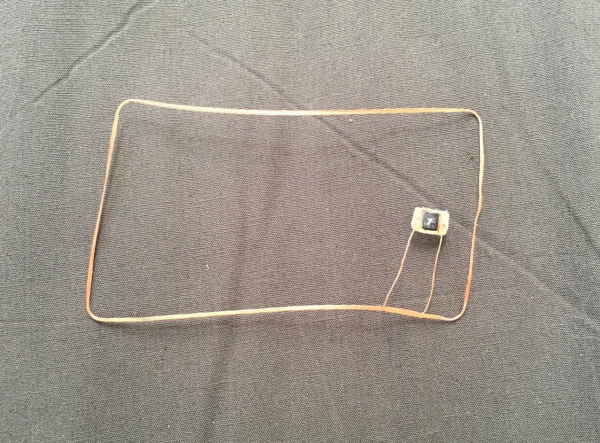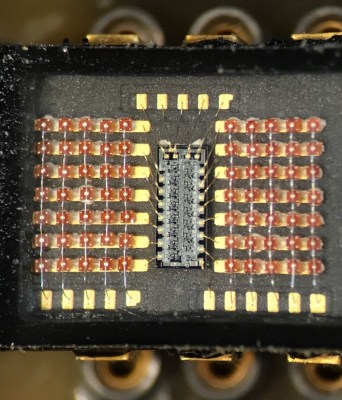The Espressif ESP8266 chipset makes three-dollar ‘Internet of Things’ development boards an economic reality. According to the popular automatic firmware-building site nodeMCU-builds, in the last 60 days there have been 13,341 custom firmware builds for that platform. Of those, only 19% have SSL support, and 10% include the cryptography module.
We’re often critical of the lack of security in the IoT sector, and frequently cover botnets and other attacks, but will we hold our projects to the same standards we demand? Will we stop at identifying the problem, or can we be part of the solution?
This article will focus on applying AES encryption and hash authorization functions to the MQTT protocol using the popular ESP8266 chip running NodeMCU firmware. Our purpose is not to provide a copy/paste panacea, but to go through the process step by step, identifying challenges and solutions along the way. The result is a system that’s end-to-end encrypted and authenticated, preventing eavesdropping along the way, and spoofing of valid data, without relying on SSL.
We’re aware that there are also more powerful platforms that can easily support SSL (e.g. Raspberry Pi, Orange Pi, FriendlyARM), but let’s start with the cheapest hardware most of us have lying around, and a protocol suitable for many of our projects. AES is something you could implement on an AVR if you needed to.
Continue reading “Practical IoT Cryptography On The Espressif ESP8266”
















